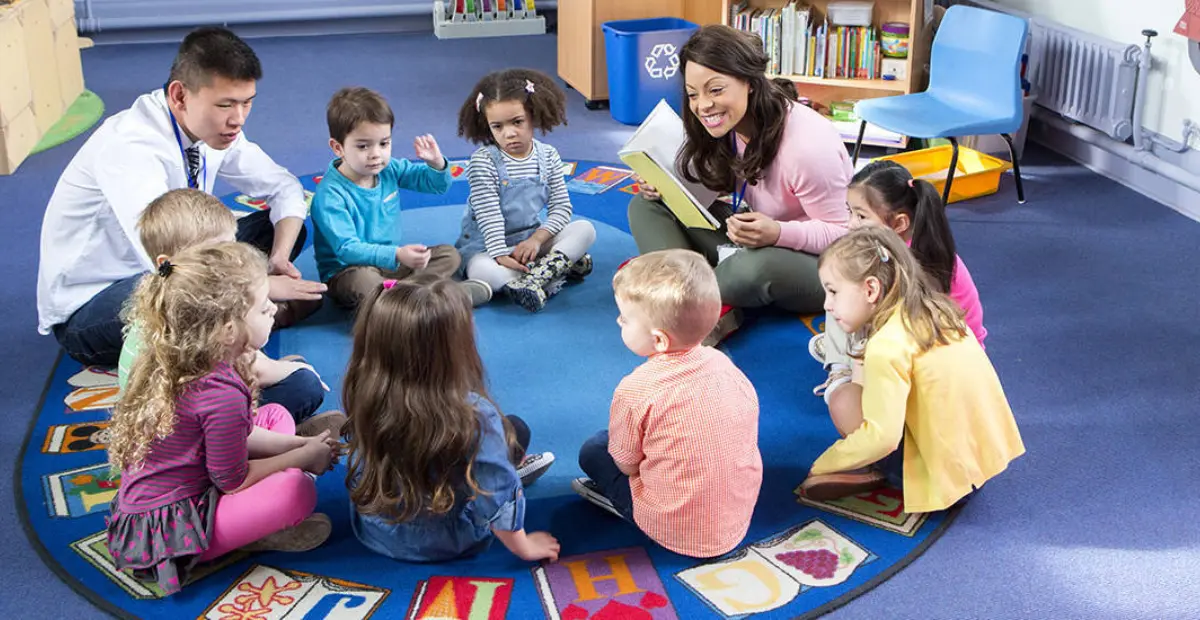When your children get their first books in their hands, it is a good bet they are going to end up in their mouths. Exposing infants to books is an important step on their journey to becoming lifelong readers. They become familiar with the books, exploring them by turning pages, looking at the bright pictures and, yes, even biting them.
At each age, there are certain milestones in reading they should be hitting. These include starting by interacting with the book as a physical object to discussing the broader themes and details of the story they just read. Paying attention to their growth as readers keep them on track to hit that third-grade goal of going from learning to read to reading to learn.
Here is a basic outline of what to expect at each age and grade level:
Up to twelve months:
- Learn to communicate through gestures
- Understand over fifty (50) words
- Respond to books when read to
- Enjoy the tactile aspects of books, like turning the pages and holding the books
- Answer basic questions
- Identify images of simple vocabulary words (cow, green, girl, etc.)
- Encourage them to talk and listen during reading time
- Learn vocabulary and language concepts through repetition of their favorite stories
- Name and recognize most of the letters of the alphabet (up to 18 of them)
- Recognize the sounds associated with individual letters
- Understand how print is read (left to right, top to bottom)
- Explore books independently
- Know the difference between pictures and letters
- Imitate reading a book aloud
- Start to recognize logos and other symbols
- Acknowledge their own names in writing, as well as other commonly seen words
- Start to match spoken and written words
- Recognize basic grammar structures
- Read basic words and understand how they work in a sentence
- Write out letters, numbers, and basic words
- Use pictures and other clues to understand basic words they do not know
- Understand basic story structures (who, what, where, when, why, and how) as well as story organization
- Create basic stories on their own
- Take big leaps in reading starting in first grade
- Read their favorite stories for pleasure
- Recognize an increasing number of sight words
- Start to recognize when they make reading errors and can self-correct
- Figure out unfamiliar words using context and images
- A good time to listen to them read and start correcting them as they do
- Understand how pronunciation and emphasis affect the story
- Use correct punctuation
- Use correct spelling
- Learn new words through story context
- Organize their writing into paragraphs
- Apply new vocabulary and phrases appropriately
- Read more complex books independently
- Recognize deeper themes and engage reading as a learning tool
- Hold discussions about the stories they are reading



